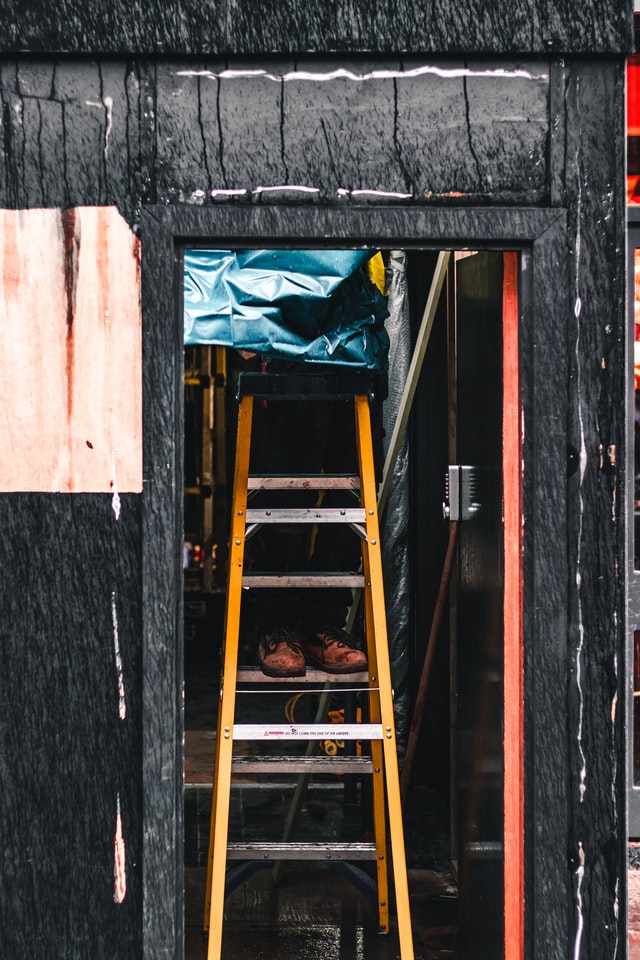Working at Heights – Stepladders
Working at Heights – Stepladders

Explain dangers
A stepladder is one of the most familiar things on a jobsite. Still, workers get hurt using them.
Falls are the biggest risk. Even though workers are not very high off the ground, some have died from falling a short distance and landing the wrong way.
Even a sprain or strain could mean pain, delays, and time off work.
Identify controls
Here’s how to use a stepladder the correct way.
• Check the ladder for defects or damage:
– at the start of your shift
– after it has been used somewhere else by other workers
– after it has been left in one place for a long time.
• Keep the area at the base of the ladder clear.
• Make sure the spreader arms lock securely in the open position.
• Stand no higher than the second step from the top.
• Never straddle the space between a stepladder and another point.
• When standing on the ladder, avoid leaning forward, backward, or to either side.
• Always open the ladder fully before using it.
• Don’t use an unopened stepladder as a straight or extension ladder. The feet are not designed for this use.
• Never stand on the top step, the top, or the pail shelf of a stepladder.
• When climbing up or down a stepladder, always face the ladder and maintain 3-point contact. That means two hands and one foot or two feet and one hand must be on the ladder at all times.
• Unless suitable barricades have been erected, do not set up stepladders in passageways, doorways, driveways, or other locations where they can be struck or displaced by people or vehicles using the access route.
Demonstrate
Use a stepladder to demonstrate the controls to your crew as you talk. Make sure it meets the requirements of a Grade 1, Grade 1A, or Grade 1AA ladder according to CSA Z11-12: Portable Ladders.
Inspect the stepladder in front of your crew.
Ask our crew whether another piece of equipment would provide safer, more efficient means of access.
For more information, visit the website.
